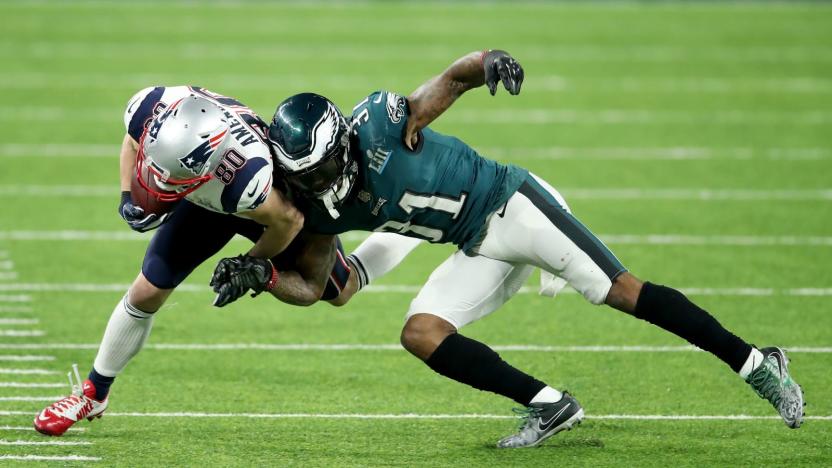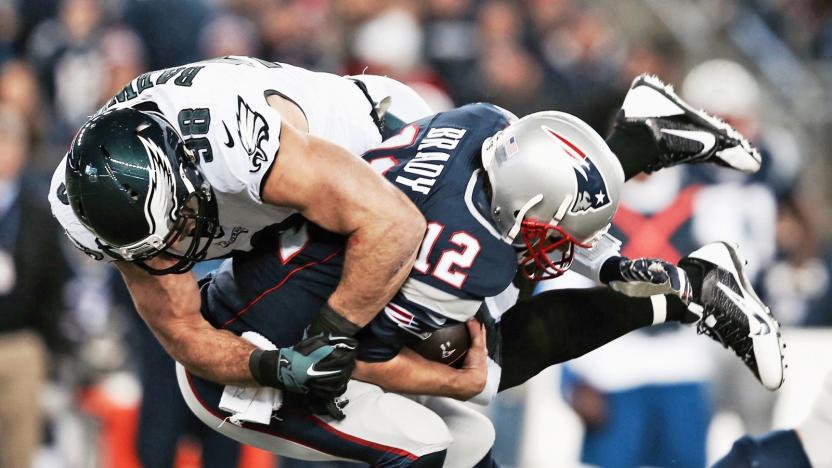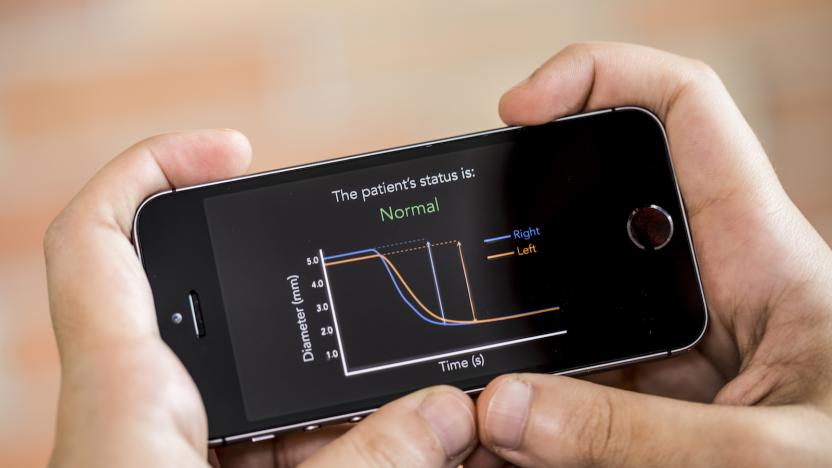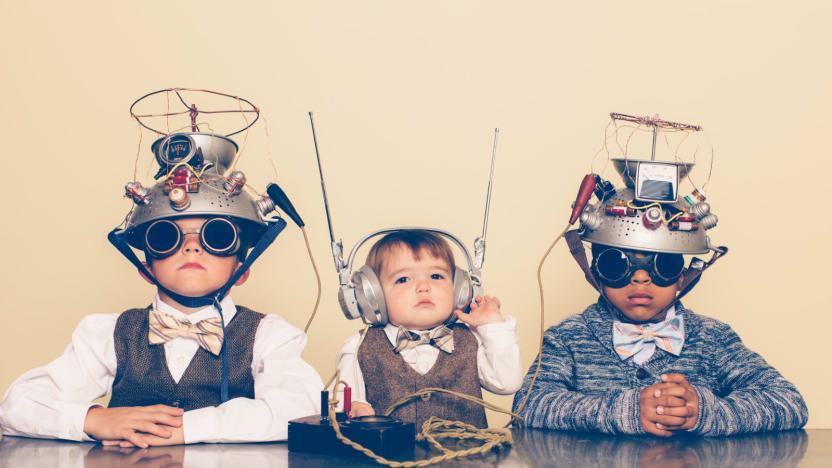BrainInjury
Latest

Study backs blood test that gauges seriousness of concussions
Remember how the FDA approved a blood test that could determine the severity of a concussion? It's now clear just why the FDA gave its approval. The Lancet Neurology has published the study at the heart of the decision, giving you a chance to verify the claims for yourself (if you're willing to pay, at least). As before, Banyan Biomarkers' test checks for the presence of two brain proteins (GFAP and UCH-L1) whose levels rise when there are signs of internal trauma. The FDA's claims check out -- out of 1,959 eligible test subjects, just three had CT scans turn up results when the blood tests were negative.

How the brain vibrates may determine the severity of a concussion
Researchers may have uncovered some really useful information about what goes on in the brain during a concussion. Getting that kind of information is pretty difficult since it's not exactly practical to image a brain while sustaining an injury and not exactly ethical to introduce an injury to a living person for the purpose of study. But with the help of some computer modeling and head impact data collected from special mouthguards worn by football players, the researchers found that injury is more likely to occur when separate parts of the brain vibrate at different frequencies.

Technology can’t save football players' brains
Tregg Duerson was 25 years old when his father committed suicide in 2011. A former defensive back for the Chicago Bears, New York Giants and Phoenix Cardinals, David "Dave" Duerson made a career out of being one of the most feared tacklers during his 11-year stint in the National Football League. His skill set helped him win two Super Bowl championship rings, one with the Bears in 1985 and another with the Giants in 1990, cementing his legacy as one of the NFL's all-time greats. Along the way, he was also selected to the Pro Bowl, a postseason game that rewards the league's best players, four consecutive times from 1985 to 1988. Duerson had the NFL career most players can only dream of, but it ultimately cost him his life.

Smartphones could someday assess brain injuries
Researchers at the University of Washington are developing a simple way to assess potential concussions and other brain injuries with just a smartphone. The team has developed an app called PupilScreen that uses video and a smartphone's camera flash to record and calculate how the pupils respond to light.

Elon Musk expects to have a brain-machine interface in four years
A couple of weeks ago, the Wall Street Journal revealed Elon Musk's latest venture, Neuralink, and its plan for developing brain-machine interface technology. Now, Musk has invited Tim Urban of Wait But Why to write up an in-depth report of the company and what it's working on. Neuralink is hardly the only company working on things that will plug into our brains, and earlier this week we got a peek at what Facebook is working on in the area. One new thing we know from this report, however, is that Musk and his team seem pretty close to making it happen -- the SpaceX and Tesla founder figures they can have something on the market to treat severe brain injuries "in about four years."

Stanford simulator predicts brain swelling to guide surgeons
Surgeons have been cutting out parts of the skulls of patients suffering from brain trauma for a very long time. But a new simulation tool developed by a team of researchers for Stanford U and the University of Oxford will help make the procedure a lot safer. Decompressive craniectomy, as the method is called, gives the swelling brain space to expand in order to save a person's life after a head injury. However, it could also lead to complications. See, when the brain bulges out of a hole, its axons (or the fragile threadlike parts of its nerve cells) have the tendency to stretch and break. This tool can minimize potential complications by telling surgeons the optimal place to cut and how large the hole should be, depending on the type of injury.

US soldiers to wear blast sensors in Afghanistan, collect shock data
Starting next month, around one thousand frontline personnel in Afghanistan will begin testing the Soldier Body Unit, a sensor kit for recording the effects of explosions on the human body. While that's not the most pleasant of subjects, the blast sensors have been rushed out to collect as much data as possible before soldiers head home in 2014. The US Army's Rapid Equipping Force and the Georgia Tech Research Institute, which developed the sensors, hope to gather info on concussions and traumatic brain injuries to improve aftercare. This will also be used at source to stop super-soldiers heading back out after a concussion and increasing the probability of an even worse injury. Further sensors will be carried on military vehicles, to help measure the effects of IED blasts on passengers. Adding two pounds in extra equipment probably won't make the Soldier Body Unit too popular, but it's thought the kit could weigh in at half a pound once it's been refined.

Injectable brain gel may save soldiers' lives, zombify them, or both
When they start selling brain fertilizer, you'll know you're living in the crazy century. Didn't Nostradamus predict that? The ongoing Military Health Research Forum is discussing the use of an injectable hydrogel for the treatment of traumatic brain injury, which -- unlike our ability to do push-ups -- is no joke. The fertilizer part comes from the gel's ability to stimulate the growth of neural stem cells within the brain, which are then capable of repairing damaged nerves and preventing the spread of harm to other cells. "Brain tissue regeneration" might not be the wisest name for it, but tests on rats have shown sustained functional recovery, and we understand that with enough Igors on the job, this could be put into use within the next three years.[Via Digg]





